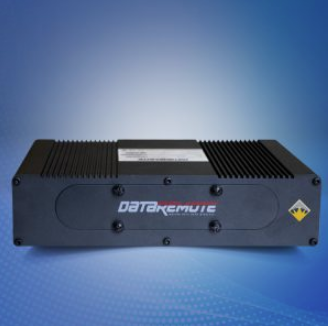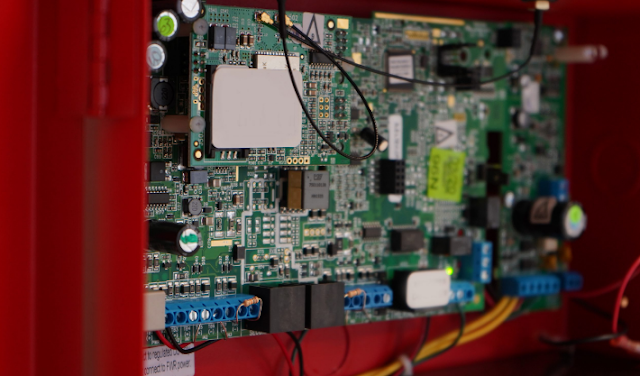Things To Know About Alarm System Communicators
A major component of a security system or a fire alarm is its ability to send information and alert the concerned authorities about the happenings of a troubled condition that needs immediate backup or follow up. This vital feature is done by a system of alarm system communicators. When an alarm or an unusual condition takes place, the communicator transmits a coded signal to some specialized receivers at a 24-hour head station that can further alert various station operators to take action and call the concerned authorities along with the management or owners of the building.
The three main types of alarm system communicators are listed below.
I. Traditional Telephone Line Technology
II. Cellular or Wireless Communicators
III. IP Communicators
Receivers ensure that details of the alarm are transmitted in the best possible manner, which includes the type of alarm, location and also the name of the building. You might also be able to find local authority contact information, building rep’s contact details, or any other data that might be useful for the SPOC members and the first responders. The more detailed information the main station can provide, the quicker first responders would be able to come to the location of the alarm, and react to the situation in a better way. A fire alarm system communicator is required to use two types of power source — primary and backup. While not needed for security projects, it is still strongly recommended.
Consider this blog and make use of the best fire alarm adapters or communicators from a credible source.



Comments
Post a Comment